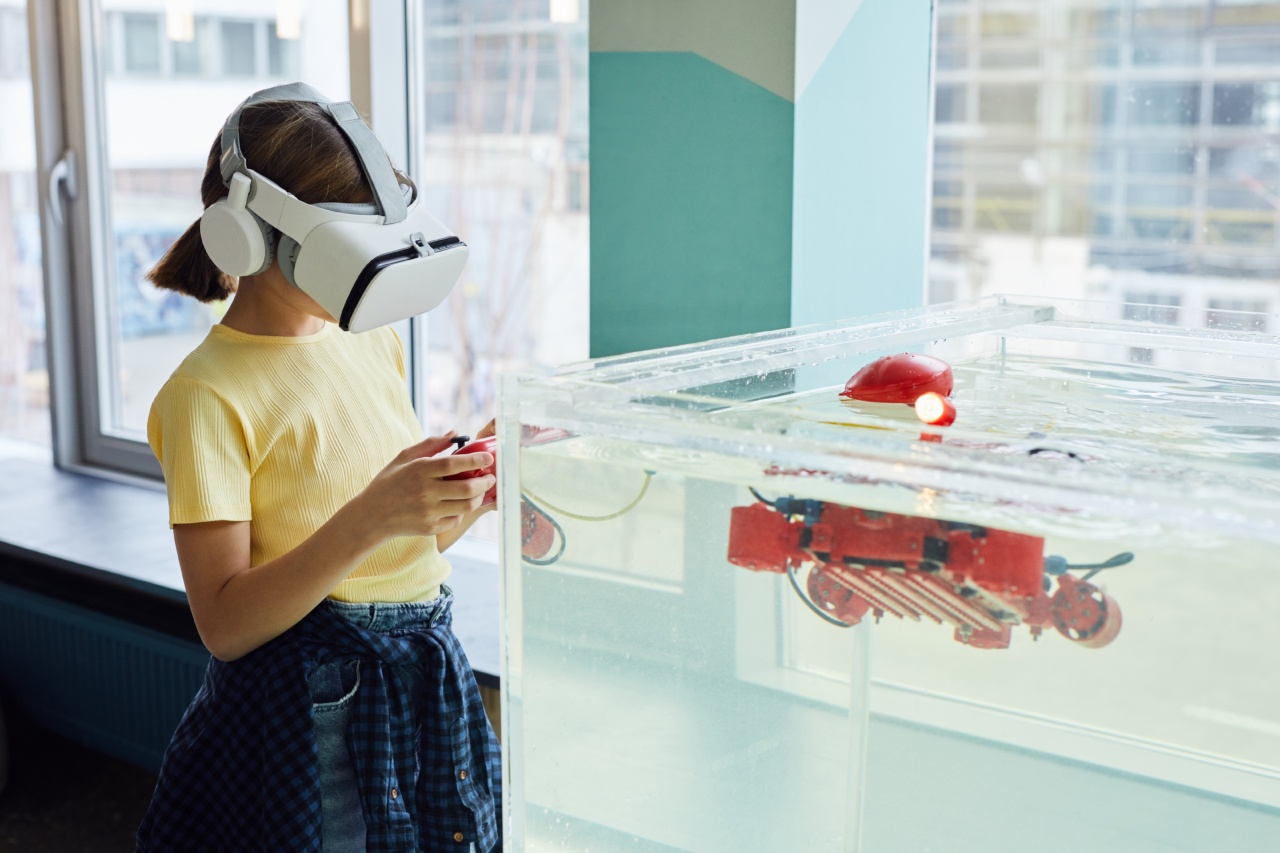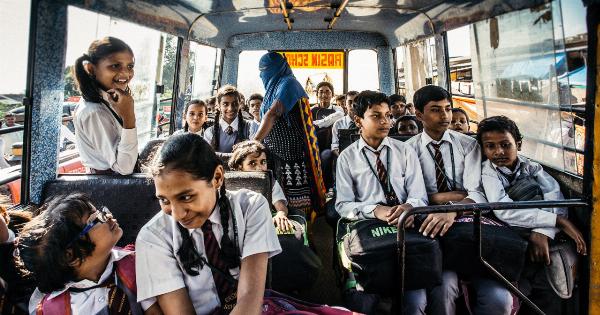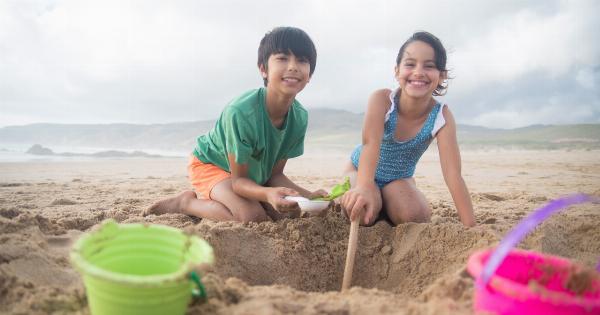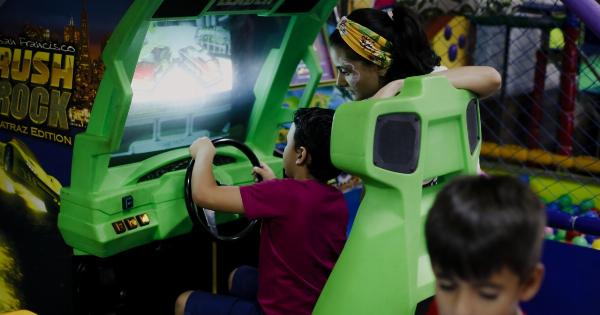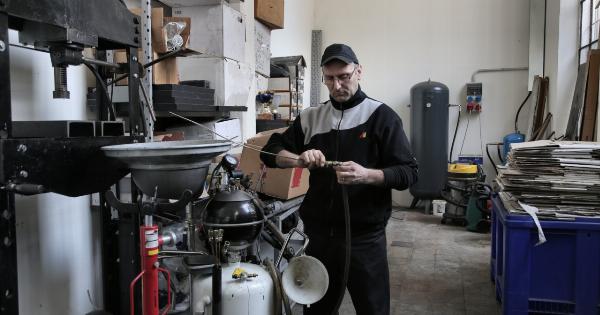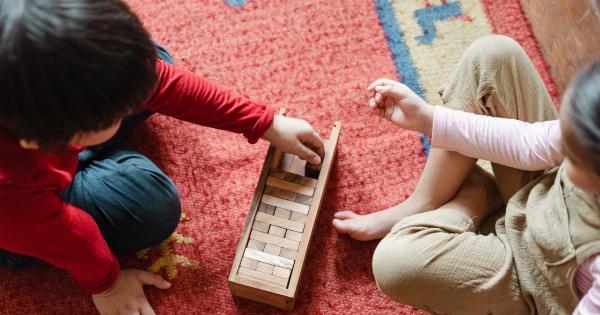The modern generation of children is spending more and more time indoors. Video games, smartphones, and TV shows are a child’s best friends nowadays.
Although these gadgets are fun and entertaining, they are doing more harm than good to children, especially their vision. A recent study shows that the average American child spends only 4-7 minutes playing outside each day while spending more than 7 hours in front of a screen. This shift is concerning as it’s leading to a decline in the visual performance of children.
Understanding Vision Development in Children
Vision development, especially during early childhood, is critical and has long-term effects on the child’s visual health. The eyes of a child are not fully developed at birth, and they continue to develop throughout the early years of life.
The development involves several factors such as eye movement, focusing of the eyes, and the ability of the eyes to work together.
During early childhood, these skills develop quickly, and thus, the first few years of life are critical for the visual development of children.
Children who spend more time outdoors are likely to develop better eye coordination, better focusing skills, and longer distance vision. These visual skills are crucial for a child’s academic success and social development.
A Connection Between Outdoor Play and Myopia
A recent study by the University of Cambridge compared the vision of children who spent less time outdoors to those who spent more time playing outdoors.
The findings indicated that children who spend more time playing outdoors are less likely to develop Myopia (nearsightedness) than children who spend more time indoors or playing video games.
Myopia is rapidly becoming a major public health issue, and scientists predict that by 2050, half the world’s population will be nearsighted.
The increase in myopia is linked to the lack of exposure to natural light, something that children can access by spending more time outdoors.
The Impact of Natural Light on Vision
Natural light is crucial for the development of the eyesight of young children. It helps protect the eyes against myopia and enhances visual acuity, contrast sensitivity as well as visual tracking skills.
Lack of exposure to natural light increases the chances of eye problems such as myopia and can lead to a decline in visual performance in the long run.
Studies have shown that pupils constrict differently when exposed to natural light compared to artificial light. When exposed to natural light, pupils dilate to let more light in, and this expands the peripheral vision of the eyes.
Hence, the eyes get accustomed to seeing different distances, helping children develop better distance vision.
Outdoor Play Enhances Depth Perception and Eye-Hand Coordination
Outdoor activities and games challenge children’s eyes to constantly adjust to varying distances. These activities also involve interaction with different objects, including balls, sticks, and toys.
This interaction results in the development of depth perception and eye-hand coordination. In outdoor games, children learn to catch, throw, jump, and run, and they improve their motor skills, making them better equipped for sports and other physical activities.
Nature Is a Classroom
The outdoor environment offers children a chance to explore, discover and experience nature first hand. This aspect of play serves a crucial role in the child’s cognitive development, gut health, and immune system.
Children can learn through experiencing firsthand activities like identifying different types of plants and their colors, textures, and shapes, and observing bugs and insects. This type of experiential learning helps improve their language, math, and science abilities. Children also learn about teamwork, leadership, communication, and social skills.
Reduced Screen Time
The technology available today is incredible, but it’s the responsibility of parents to limit exposure to devices that can harm their children’s health.
By reducing screen time, parents are allowing their children to experience a more real and fulfilling life. Allowing children to engage in outdoor activities and games for a bit longer, parents offer them an opportunity to see and experience firsthand the beauty of the world surrounding them.
Conclusion
Outdoor play is an essential part of every child’s physical and mental development. It helps with the development of depth perception, eye-hand coordination, and long-distance vision.
Children who spend more time playing outdoors have better visual performance and are less likely to develop Myopia. Moreover, exposure to natural light can enhance a child’s visual performance, contrast sensitivity, and better tracking skills.
Being in nature enables children to learn about teamwork, leadership, communication, problem solving, and social skills, making them better equipped to tackle problems creatively and efficiently. It’s, therefore, necessary that parents encourage their children to play outdoors and explore nature.
